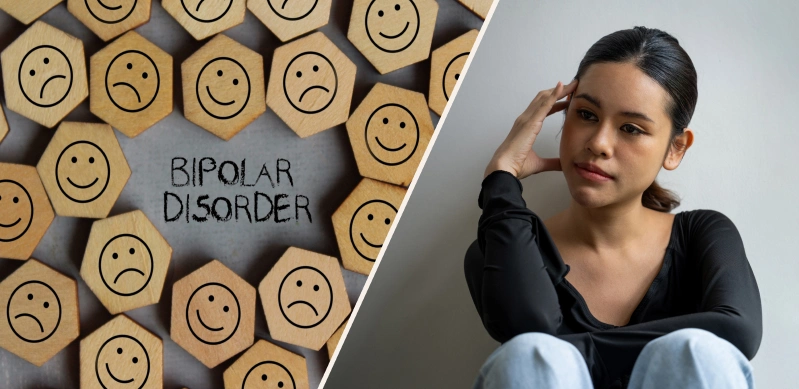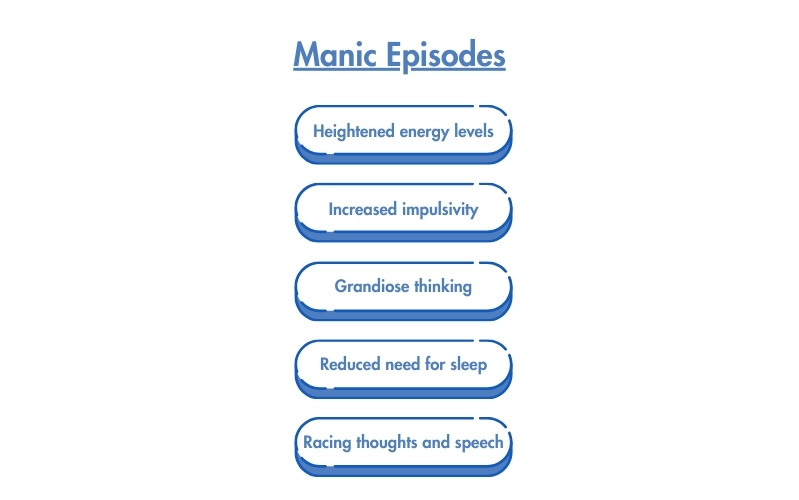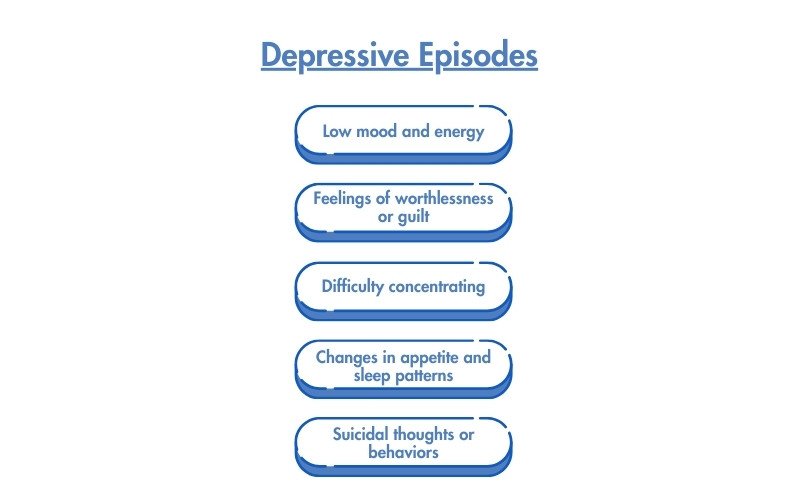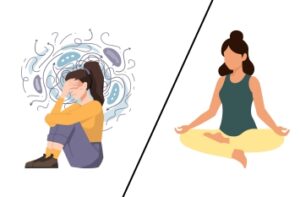
What is Behavioral Health? A Comprehensive Guide
What is Behavioral Health? Behavioral health refers to the connection between behaviors and mental health, where behaviors are seen as a reflection of one’s emotional

Understanding how bipolar thinking affects relationships is crucial for both individuals diagnosed with bipolar disorder and their loved ones. Bipolar disorder, characterized by extreme shifts in mood, energy, and thinking patterns, can significantly impact personal connections and interpersonal dynamics.
It’s not just a matter of occasional mood swings; bipolar thinking encompasses drastic fluctuations between manic highs and depressive lows, which can strain relationships and hinder effective communication.
Given the serious implications of bipolar disorder on both mental health and relational well-being, addressing its impact on relationships is essential for fostering understanding and providing adequate support.
Understanding how a person with bipolar disorder thinks requires insight into the characteristic patterns of thought associated with the condition. Individuals with bipolar disorder often experience extreme shifts in mood and cognition, oscillating between manic episodes marked by heightened energy, euphoria, and impulsivity.
Individuals with bipolar also experience depressive episodes characterized by low mood, lethargy, and negative thought patterns. These fluctuations influence their perception of reality, decision-making processes, and interpersonal interactions.

Manic Episodes:
Depressive Episodes:

Bipolar thinking patterns, often known as “black-and-white” or “all-or-nothing” thinking, are cognitive processes commonly observed in individuals with bipolar disorder, though they can occur in others as well. These patterns involve seeing things in extremes, with no middle ground or shades of gray.
For example, a person might perceive themselves as either a complete success or a total failure, without recognizing the nuances of most situations. Understanding these thinking patterns is crucial for managing bipolar disorder, as they can exacerbate emotional instability and impede recovery.
Recognizing and addressing bipolar thinking patterns through therapeutic interventions can significantly improve coping strategies and overall mental health.
| Feature | Bipolar Thinking Patterns | Balanced Thinking Patterns |
| Perspective | Extreme, all-or-nothing | Nuanced, sees the middle ground |
| Outcome Interpretation | Success or failure, no in-between | Recognizes partial successes and failures |
| Self-View | Either perfect or flawed | Accepts strengths and weaknesses |
| Emotional Response | Intense, often negative | More moderated and reflective |
| Impact on Behavior | Can lead to avoidance or overcommitment | Promotes adaptive and flexible responses |
Dealing with someone who is bipolar and experiencing anger can be challenging, requiring patience, understanding, and a careful approach. Bipolar disorder can cause intense mood swings, including periods of anger that may seem disproportionate to the situation.
It’s important to remember that this anger is a symptom of their condition, not a personal attack. Strategies for managing these situations can help maintain a supportive environment and encourage positive outcomes for both the individual and their relationships.
Helping someone with bipolar disorder involves a compassionate, informed approach that prioritizes understanding and support. Bipolar disorder is a complex condition characterized by significant mood swings, including manic highs and depressive lows. Supporting someone with this condition requires patience, empathy, and the willingness to learn about their experiences and needs. Effective support can make a significant difference in their ability to manage the disorder and lead a fulfilling life.
Living with a bipolar spouse presents unique challenges and opportunities for growth within the relationship. It requires a deep level of empathy, patience, and flexibility from both partners. Navigating the highs and lows of bipolar disorder together can strengthen your bond, but it also demands clear communication and boundaries.
Understanding the nature of the disorder, recognizing the signs of mood shifts, and working as a team to manage the condition are key. Support from mental health professionals, coupled with a strong support network, can help both partners find balance and maintain a healthy, supportive relationship.
Bipolar disorder can place a significant strain on relationships, sometimes leading to separation or divorce. The reasons are multifaceted and deeply personal, often stemming from the challenges posed by the disorder itself. Mood swings can affect communication, intimacy, and the overall dynamics of the relationship, leading to misunderstandings and conflict.
Managing bipolar anger towards a spouse involves understanding the root causes of the anger and developing strategies to cope with these intense emotions. It’s important for both partners to communicate openly about their feelings, establish clear boundaries, and work together to find effective coping mechanisms. Seeking professional guidance can provide both individuals with tools to manage anger constructively and prevent it from undermining the relationship.
Navigating a relationship where bipolar disorder plays a significant role requires understanding, patience, and a proactive approach to managing the challenges that arise. It’s crucial for both partners to engage in open communication, seek professional support, and maintain a strong support network. By working together and prioritizing each other’s well-being, it’s possible to build a resilient, supportive, and loving relationship despite the challenges posed by bipolar disorder.

What is Behavioral Health? Behavioral health refers to the connection between behaviors and mental health, where behaviors are seen as a reflection of one’s emotional

Finding Relief from Anxiety: A Path to Inner Peace Anxiety can feel like an unshakable weight, making even simple tasks seem overwhelming. If you’ve been

Psychomotor Agitation or Retardation: What You Need to Know Do you ever feel an overwhelming sense of restlessness or, on the flip side, find yourself
